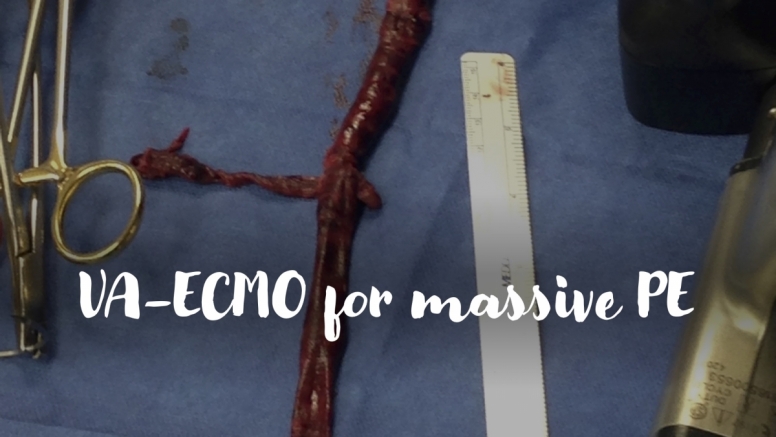Critical Cases: Unexplained dyspnea on exertion in a healthy young physician....
Think just because you are a young, healthy physician that you are invinceable? Read this post and remember that we are vulnerable too...even more so because we often refuse to acknowledge when we are sick. This week's Advanced Practice topic comes to us courtesy of a Cooper EM alum. The story is told with full permission from the patient, his wife, though names are omitted to prevent any possible HIPPA entanglements!





